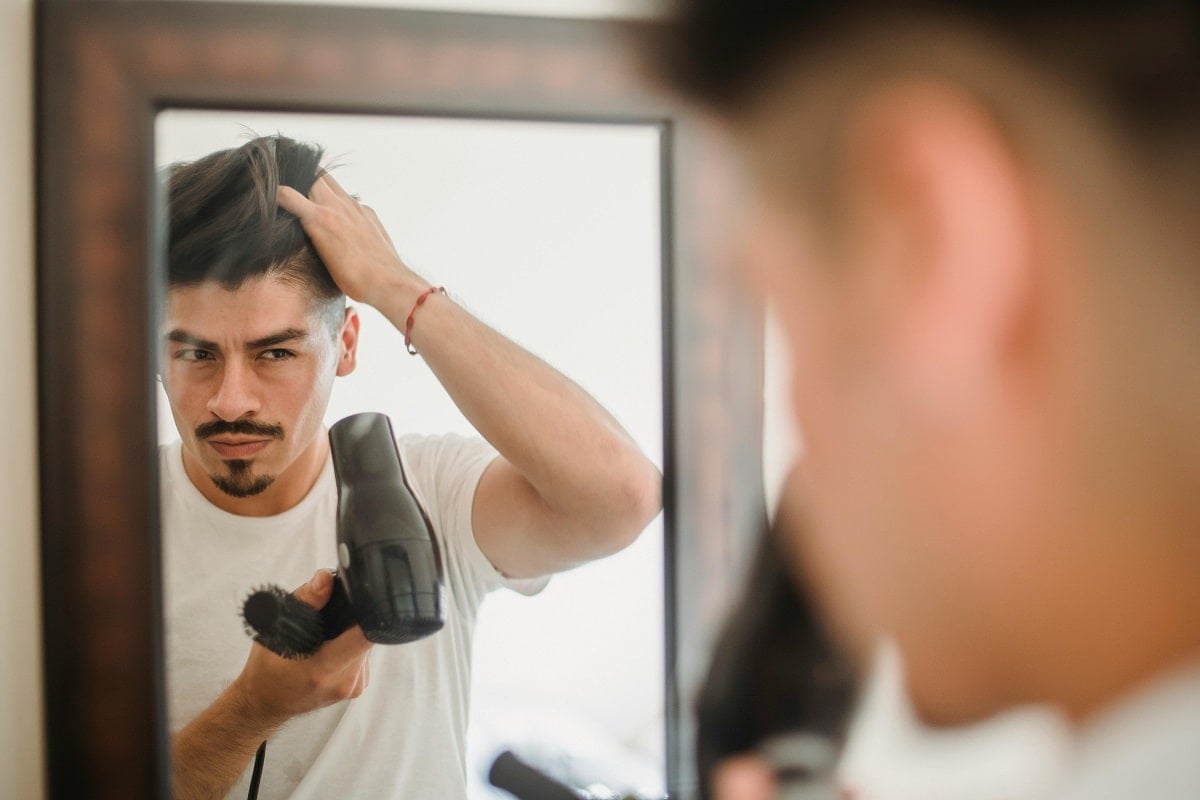1
HOME > Hair >
7 KEY FACTORS EVERY MAN SHOULD CONSIDER BEFORE A HAIR TRANSPLANT
Written by Menswear Style in Hair on the 20th August 2024

Noticing your hairline creeping back a little further each year? Hey, you’re not alone. Many, many men experience a noticeable degree of hair loss throughout their lifetime. In fact, studies show that 50% of men in the world experience hair loss by age 50. But just because this is a perfectly natural phenomenon doesn’t make it any easier. The realization that your hair is thinning - or disappearing altogether - can trigger an understandable urge to look for solutions. While there are a variety of options out there, from topical treatments to prescription meds, none offer a surefire way to get your hair back. None but hair transplants. Unlike other methods, hair transplants boast a 90-95% success rate, so if you want something that’s practically guaranteed to work, this is the procedure to choose. However, since this is a surgical procedure, it’s not without its risks. Here’s everything you need to know about hair transplants, including recovery time, costs, maintenance, and more.
Understanding the Different Procedures
The two most common hair transplant techniques are Follicular Unit Extraction (FUE) and Direct Hair Implantation (DHI). Which one is right for you? With FUE, individual hair follicles are extracted from a donor area and transplanted to the thinning areas. DHI, on the other hand, involves a more precise process where the follicles are implanted directly into the scalp using a specialized tool. Both have their pros and cons, and your choice may depend on your specific needs, hair type, and the results you’re aiming for.

Evaluating the Costs
A hair transplant isn’t a minor investment, so it’s wise to have a clear understanding of what you’re getting into financially. Costs can vary widely depending on the clinic, the complexity of the procedure, and even the country in which you choose to have it done. Some men opt for procedures abroad to save on costs - Turkey, for instance, is a popular destination for high-quality yet more affordable hair transplants. How much is a hair transplant in Turkey? Anywhere between $2800 and $4500, which is considerably cheaper than in the U.S. ($7000 up to $25,000). However, there are also travel expenses and potential follow-up visits to take into account.
Checking the Surgeon’s Credentials
The skill and experience of the surgeon performing your transplant can make a world of difference. Researching their qualifications, looking into their track record, and reading patient reviews should be non-negotiable steps. You should also consider how many procedures they’ve done and their success rate. It’s also worth noting that being a member of reputable organizations like the International Society of Hair Restoration Surgery (ISHRS) can be a good indicator of professionalism and expertise.
Considering Recovery Time
While the procedure itself can be completed in a day, the recovery process takes much longer. You’ll need to plan for downtime - typically, several days to a week - where you’ll need to rest and avoid strenuous activities. Redness, swelling, and scabbing are all part of the healing process. Also, full results might not be visible for several months, so patience is key.

Long-Term Maintenance
After a hair transplant, you might still need ongoing treatments to maintain the results, especially if you’re prone to further hair loss. This could include medications like finasteride or minoxidil, which help preserve the hair you have and prevent additional thinning. Knowing what kind of maintenance will be required can help you decide if a transplant is worth it in the long run.
Realistic Expectations
No matter how skilled the surgeon or how advanced the technique, a hair transplant isn’t going to give you the hair you had at 18. What it can do is provide natural-looking results that improve your appearance and boost your confidence. But it’s crucial to have realistic expectations - discuss what’s possible with your surgeon and be clear on what outcomes are achievable for you.
Timing is Everything
Lastly, consider when to get the procedure. Timing is important, especially if you’re still young and your hair loss is just beginning. Sometimes, it’s better to wait until your hair loss pattern stabilizes so that the transplant can be more accurately targeted. In the end, though, it’s best to consult with a specialist who can assess your individual situation.
Trending
2
3
4
5
6
7
8
9
10









